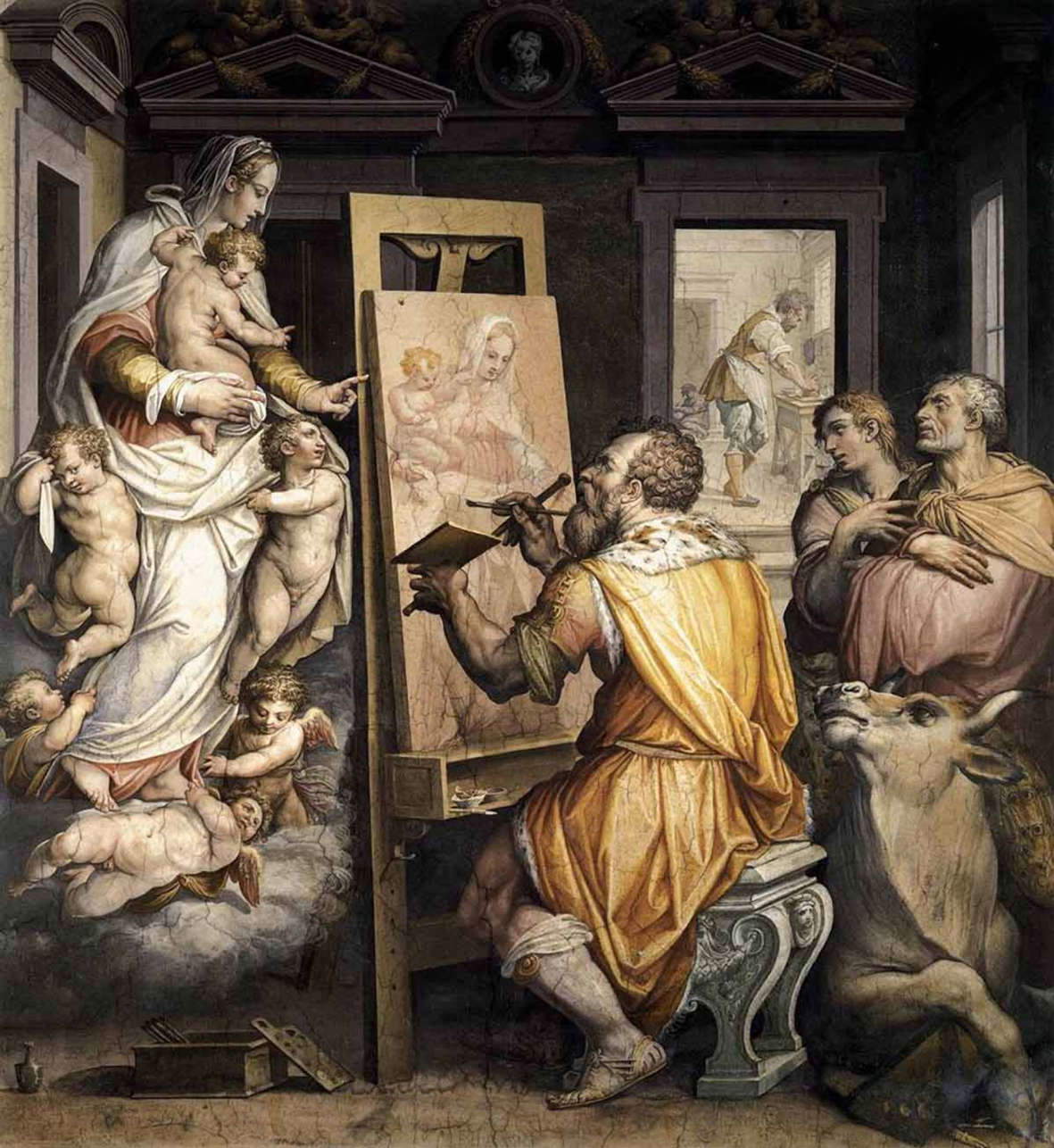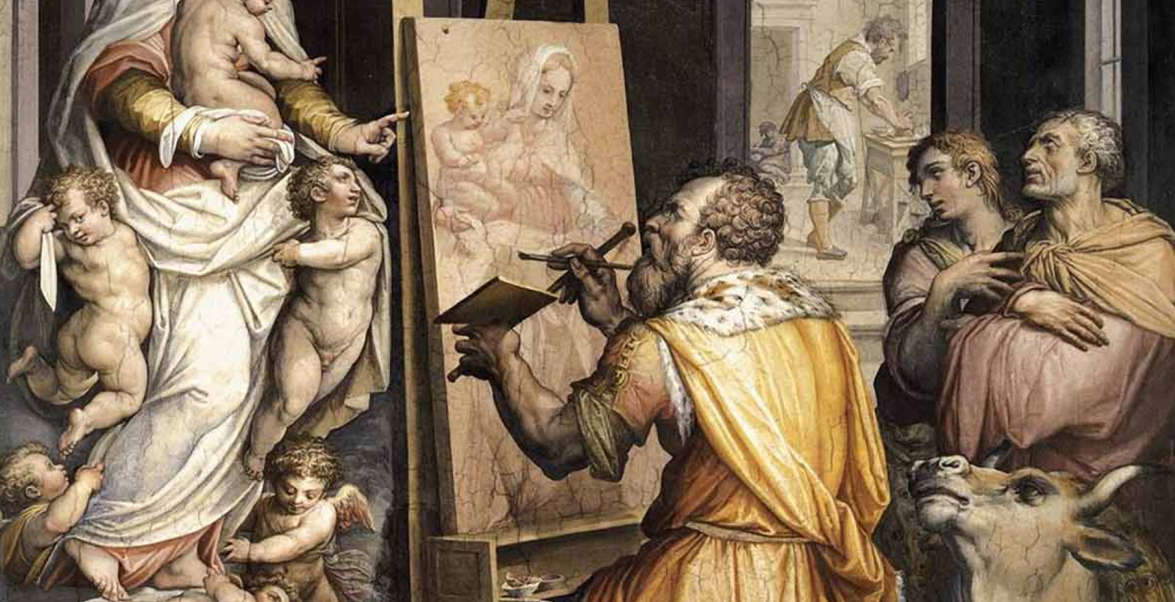On the occasion of the 450th anniversary of Giorgio Vasari ’s (Arezzo, 1511 - Florence, 1574) death, the Giorgio Vasari 1574 - 2024: The Apogee of Fame lecture series will start in Florence from January 26 to May 31. The series of reviews, organized by his Art History class, regulated and introduced by Massimiliano Rossi, will take place at theAccademia delle Arti del Disegno, founded in 1563 by the artist himself. A renowned painter, architect and writer, Vasari is mainly remembered for his book Lives, the first organic collection of art history that has come down to us, which is an inexhaustible source of biographical information on Renaissance artists.
This work constitutes a very rich archive of details about works of art, many of which are now lost. With the founding of the Accademia delle Arti del Disegno (Academy of the Arts of Drawing), Giorgio Vasari ’s goal was to emancipate the artist and give full intellectual recognition to works of art. In the second edition of the Lives, printed in 1568 by the Giunti, he outlines an intermediate perspective between temporal and spiritual power, attributing to the primacy of Art a centrality he had already glimpsed five years earlier with the founding of the Accademia del Disegno. Monthly, art history experts and academics will narrate the process through which, between 1563 and 1574, Giorgio Vasari undisputedly established himself as a painter, architect, passionate collector, and prolific literary inventor of figurative allegories.

Opening the cycle of the first series of meetings, will be Cristina Acidini, president of the Accademia delle Arti del Disegno, who on Friday, Jan. 26, will speak about Vasari’s Last Great Enterprise: the dome of Florence Cathedral. “Vasari’s Dome,” ,“ Acidini says, ”is the grandiose final undertaking of his career as a painter, in which he pours his learned inventiveness and technical knowledge. I followed for ten years the restoration of the Last Judgment, his and Zuccari’s: I know and remember all those 3600 square meters of mural painting!"
The review will continue on Feb. 16 with Alessandra Baroni of the Scuola dell’Arte della Medaglia oligrafico e Zecca di Stato, and will explore the link between Giovanni Stradano and Giorgio Vasari at Palazzo Vecchio. Then on March 1, Tommaso Casini of IULM University will present a reflection on La molteplicità del volto: il ritratto in Vasari e la sua fortuna. On Monday, April 29, Eliana Carrara of the University of Genoa will address Vasari architetto tra cantiere scrittura. Finally, for the end of this first cycle on May 31, Carlo Falciani of the Accademia di Belle Arti in Florence will lead a lecture entitled Una machina grandissima quasi a guisa d’arco trionfale: Vasari a Bosco Marengo. There will also be appointments with Alina Payne, Director of Villa I Tatti, The Harvard Center for Italian Renaissance Studies, and Carlo Falciani, full academic of the Art History Class.
“It was an extraordinary achievement,” Massimiliano Rossi concludes, “and in the following years, in the Age of Religious Discipline and beyond the political fragmentation of the Peninsula, it projected Italy into the future, giving it a very strong identity.”
 |
| Genius, writer, painter. The multifaceted Giorgio Vasari told 450 years after his death |
Warning: the translation into English of the original Italian article was created using automatic tools. We undertake to review all articles, but we do not guarantee the total absence of inaccuracies in the translation due to the program. You can find the original by clicking on the ITA button. If you find any mistake,please contact us.